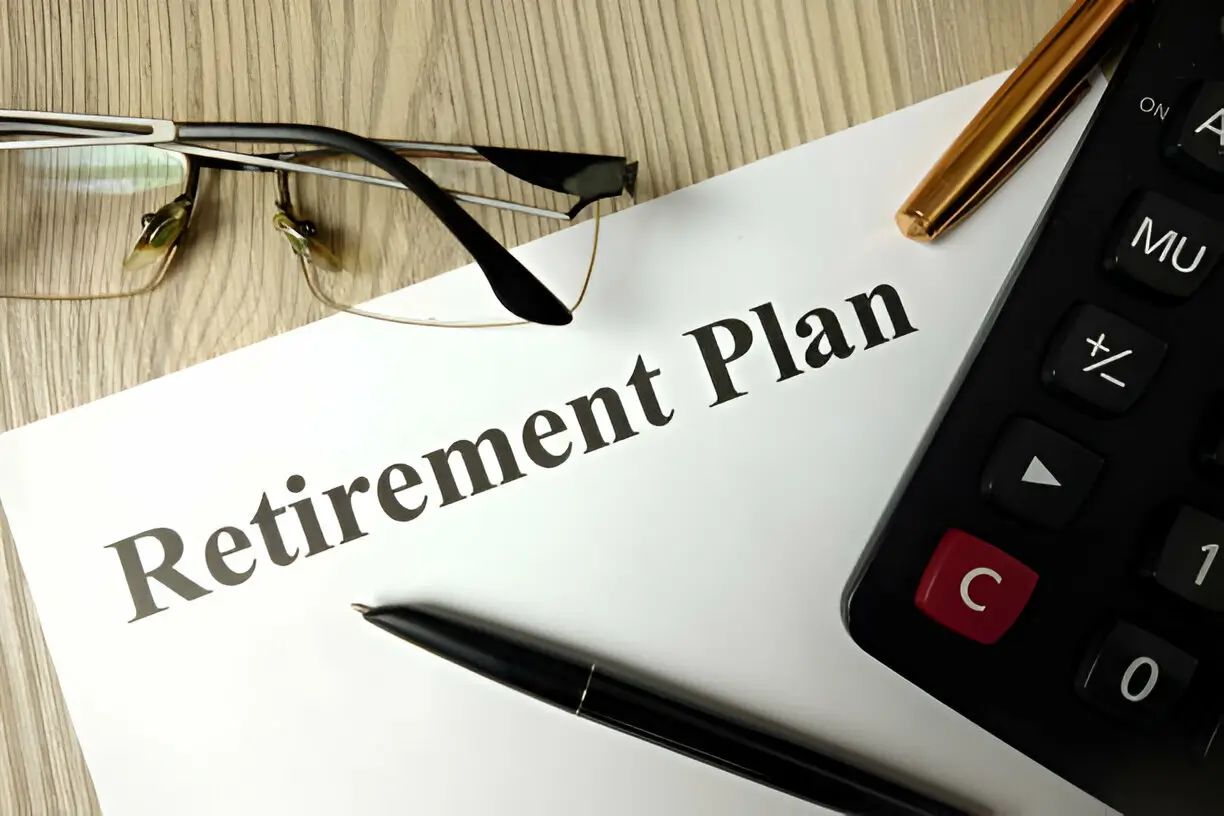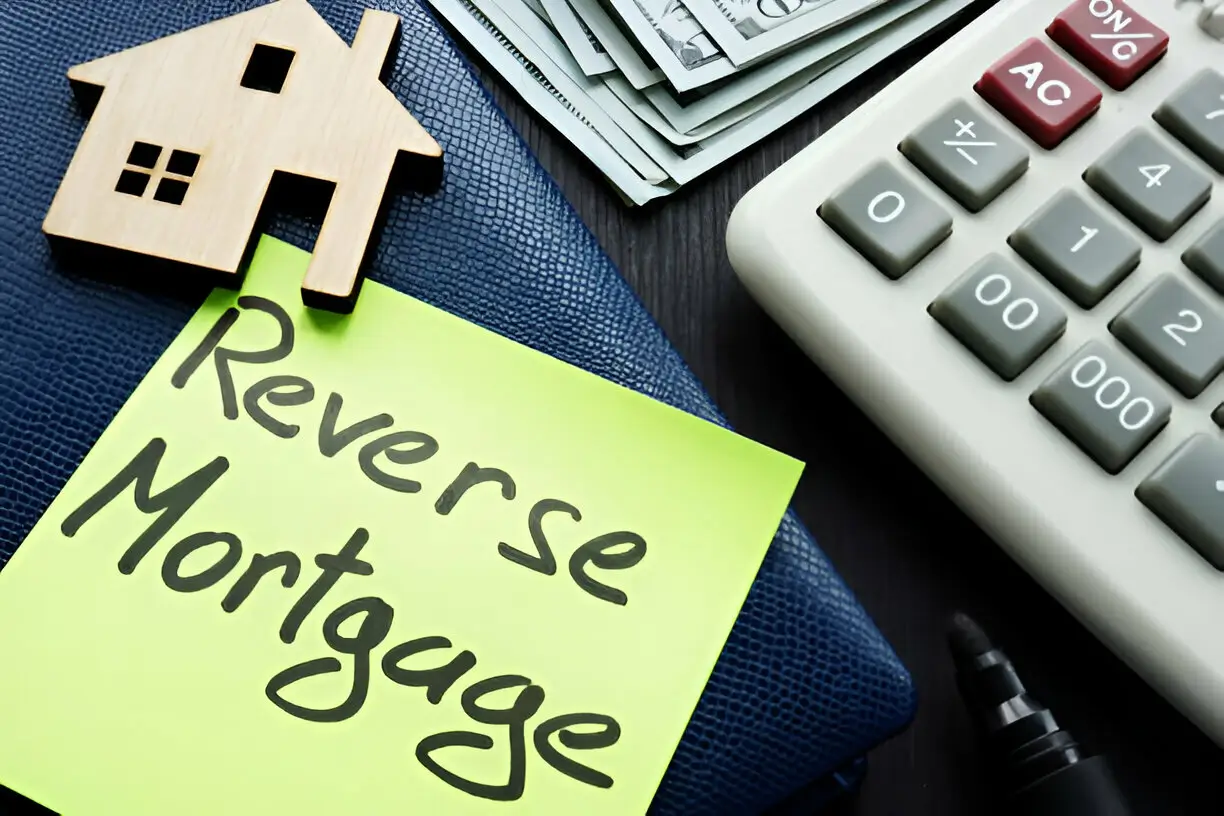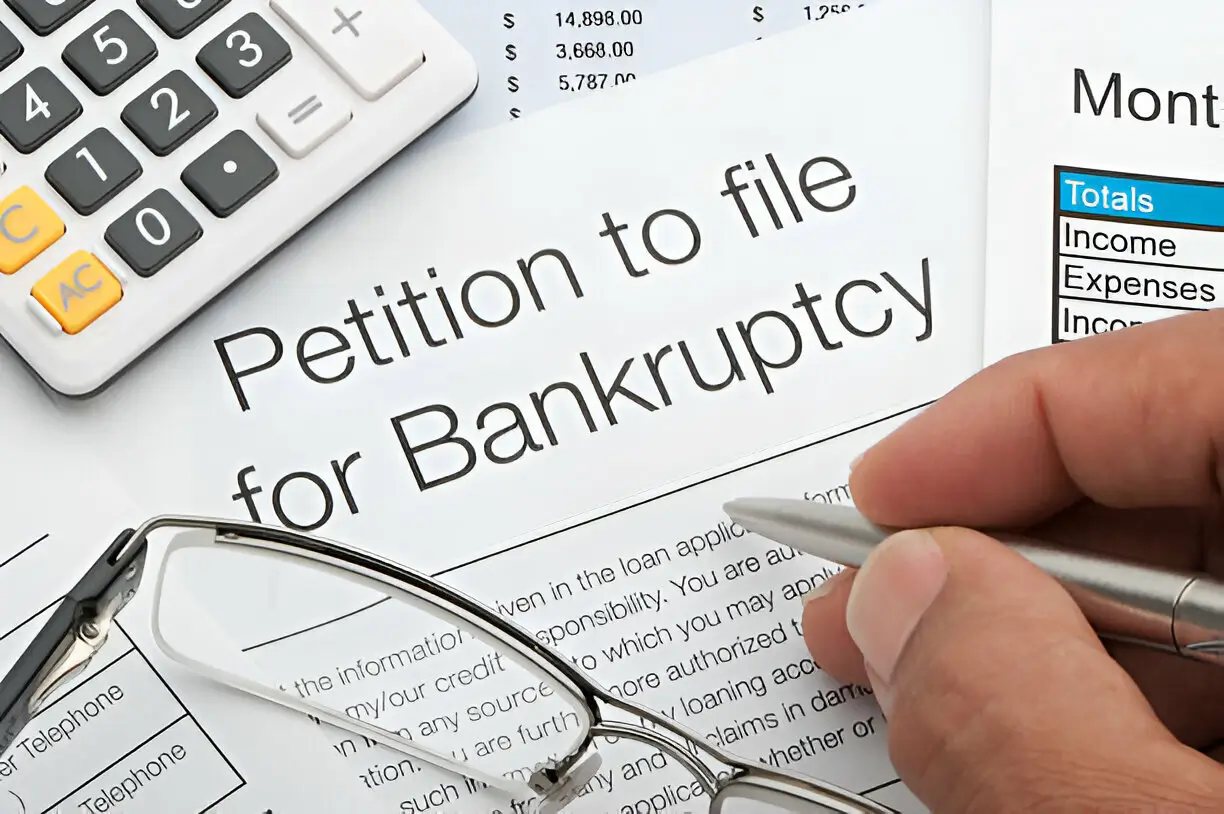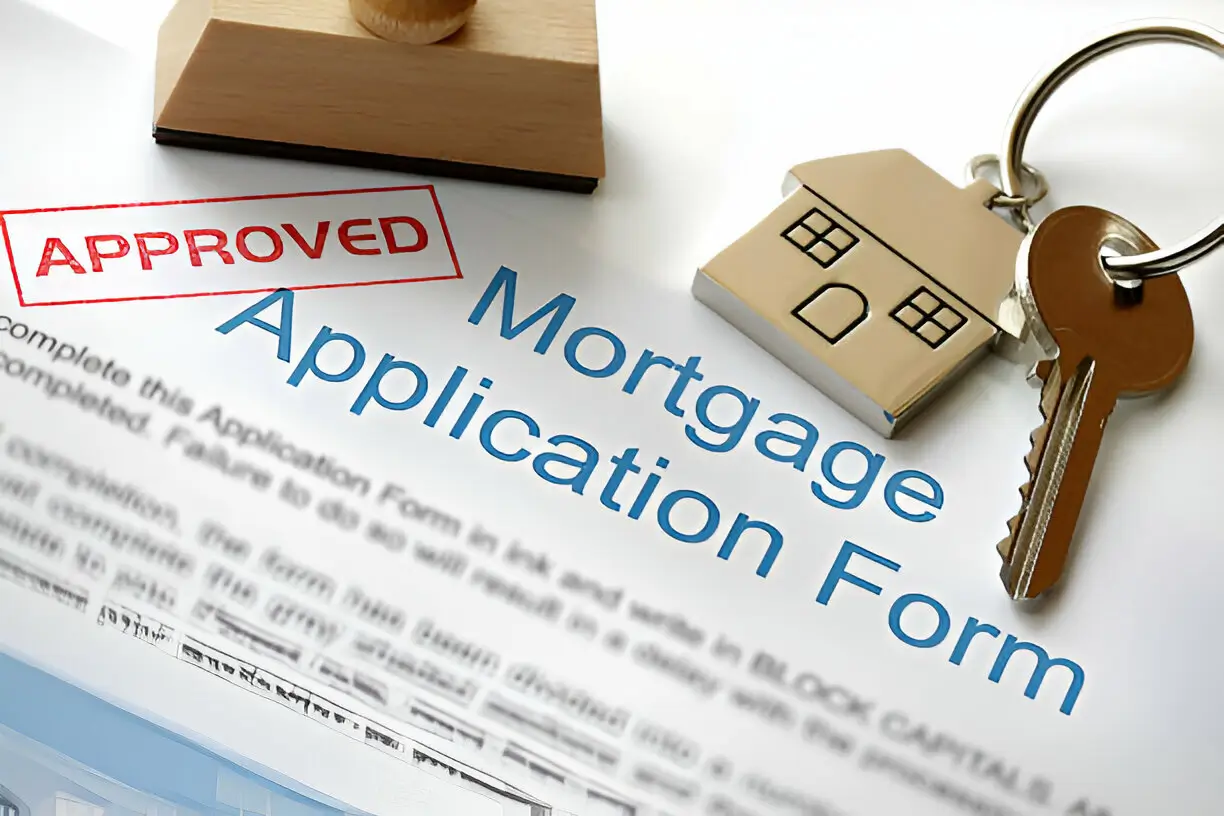Fixed-Rate mortgages offer stability with consistent monthly payments, but are they the best choice for you? In this guide, we’ll explore the differences between Fixed-Rate and Adjustable-Rate Mortgages, helping you decide which fits your financial situation best. If you’re ready to find out how each option can impact your home-buying journey, keep reading. Let’s break down the pros and cons to see which mortgage aligns with your needs. Ready to make an informed decision on your mortgage? Let’s dive in!
Fixed-Rate vs. Adjustable-Rate Mortgages: Which Is Right for You?
Understanding the difference between Fixed-Rate and Adjustable-Rate Mortgages (ARMs) is crucial when selecting the right mortgage for your financial situation. This guide will break down the key features, benefits, and potential drawbacks of each type, helping you make an informed decision. Whether you’re a first-time homebuyer or looking to refinance, knowing these details will ensure you choose the best option for your needs.
What is a Fixed-Rate Mortgage?
A Fixed-Rate Mortgage is a home loan with an interest rate that remains constant throughout the life of the loan. This means your monthly mortgage payments will not change, providing stability and predictability.
Benefits of Fixed-Rate Mortgages
- Predictability: Fixed payments make budgeting easier.
- Stability: No risk of rising interest rates increasing your payments.
- Long-term Planning: Ideal for those planning to stay in their home for many years.
Drawbacks of Fixed-Rate Mortgages
- Higher Initial Rates: Typically higher than the initial rates of ARMs.
- Less Flexibility: Not ideal if you plan to sell or refinance in a few years.
- Potential Overpayment: If market rates drop, you may end up paying more over time.
What is an Adjustable-Rate Mortgage (ARM)?
An Adjustable-Rate Mortgage (ARM) features an interest rate that can change periodically based on market conditions. ARMs usually start with a lower initial interest rate compared to Fixed-Rate Mortgages.
Benefits of Adjustable-Rate Mortgages
- Lower Initial Rates: Generally lower than Fixed-Rate Mortgages at the start.
- Potential Savings: Beneficial if you plan to sell or refinance before the rate adjusts.
- Flexibility: May offer caps that limit how much your rate can increase.
Drawbacks of Adjustable-Rate Mortgages
- Uncertainty: Monthly payments can fluctuate based on interest rate changes.
- Complexity: Understanding the terms and conditions can be challenging.
- Risk of Rate Increases: Potential for significant payment increases if market rates rise.
How to Decide Between Fixed-Rate and Adjustable-Rate Mortgages
Choosing between a Fixed-Rate and an Adjustable-Rate Mortgage depends on your financial situation, long-term plans, and risk tolerance. Here are some factors to consider:
Your Financial Stability
If you have a stable income and plan to stay in your home for a long time, a Fixed-Rate Mortgage might be the best option. It offers predictable payments, making it easier to manage your budget.
Your Long-Term Plans
If you expect to move or refinance within a few years, an ARM could save you money with its lower initial rates. Just be prepared for potential rate adjustments.
Current Interest Rates
When market interest rates are low, locking in a Fixed-Rate Mortgage can be advantageous. Conversely, if rates are high, starting with an ARM and refinancing later might be a strategic move.
Real-Life Examples
Fixed-Rate Mortgage Scenario
Consider Jane, who plans to live in her new home for the next 20 years. She opts for a Fixed-Rate Mortgage, ensuring her monthly payments remain stable throughout the life of the loan. This predictability helps Jane manage her budget and provides peace of mind.
Adjustable-Rate Mortgage Scenario
Mike, on the other hand, knows he’ll be relocating for work in five years. He chooses a 5/1 ARM, which offers a lower initial rate for the first five years before adjusting annually. Mike benefits from lower payments initially and plans to sell his home before any significant rate increases occur.
Pros and Cons of Fixed-Rate Mortgages
Pros
- Stability: Your interest rate and monthly payments remain the same.
- Budgeting Ease: Easier to plan your finances with predictable payments.
- Protection: Shielded from market interest rate fluctuations.
Cons
- Higher Initial Rates: Compared to ARMs, you might pay more initially.
- Inflexibility: Less advantageous if you move or refinance frequently.
- Potential Overpayment: Locked into a higher rate if market rates decrease.
Pros and Cons of Adjustable-Rate Mortgages
Pros
- Lower Initial Costs: Start with lower interest rates and monthly payments.
- Flexibility: Can be beneficial if planning to move or refinance before adjustments.
- Caps: Some ARMs have limits on how much the rate can increase.
Cons
- Payment Uncertainty: Rates and payments can increase.
- Complex Terms: Understanding the adjustment rules can be complicated.
- Market Risk: Exposed to potential market interest rate increases.
Fixed-Rate or Adjustable-Rate: Which Fits Your Needs?
To determine which mortgage type suits you best, consider your personal circumstances and preferences:
Long-Term Stability
If you value long-term stability and predictability, a Fixed-Rate Mortgage is likely your best bet. It provides peace of mind and simplifies financial planning.
Short-Term Flexibility
If you prefer lower initial costs and plan to move or refinance soon, an ARM might be more appropriate. Just ensure you’re comfortable with the potential for rate adjustments.
Conclusion
Choosing between Fixed-Rate and Adjustable-Rate Mortgages involves weighing the stability of fixed payments against the potential savings of adjustable rates. By understanding the pros and cons of each option and considering your financial situation, you can make an informed decision that aligns with your homeownership goals.
FAQs
What is a Fixed-Rate Mortgage?
A Fixed-Rate Mortgage is a home loan where the interest rate remains constant for the entire term, resulting in stable monthly payments.
What is an Adjustable-Rate Mortgage (ARM)?
An ARM is a mortgage with an interest rate that can change periodically based on market conditions, typically starting with a lower initial rate.
How do I choose between a Fixed-Rate and an Adjustable-Rate Mortgage?
Consider factors like your financial stability, long-term plans, and tolerance for interest rate risk when choosing between a Fixed-Rate and an Adjustable-Rate Mortgage.
Can I switch from an ARM to a Fixed-Rate Mortgage?
Yes, you can refinance your ARM into a Fixed-Rate Mortgage if it aligns better with your financial goals and market conditions are favorable.
Are Fixed-Rate Mortgages better for long-term homeowners?
Fixed-Rate Mortgages are generally better for long-term homeowners who value payment stability and predictability.
What are the risks of Adjustable-Rate Mortgages?
The primary risks of ARMs include fluctuating monthly payments and the potential for higher rates in the future, which can increase your mortgage costs.






